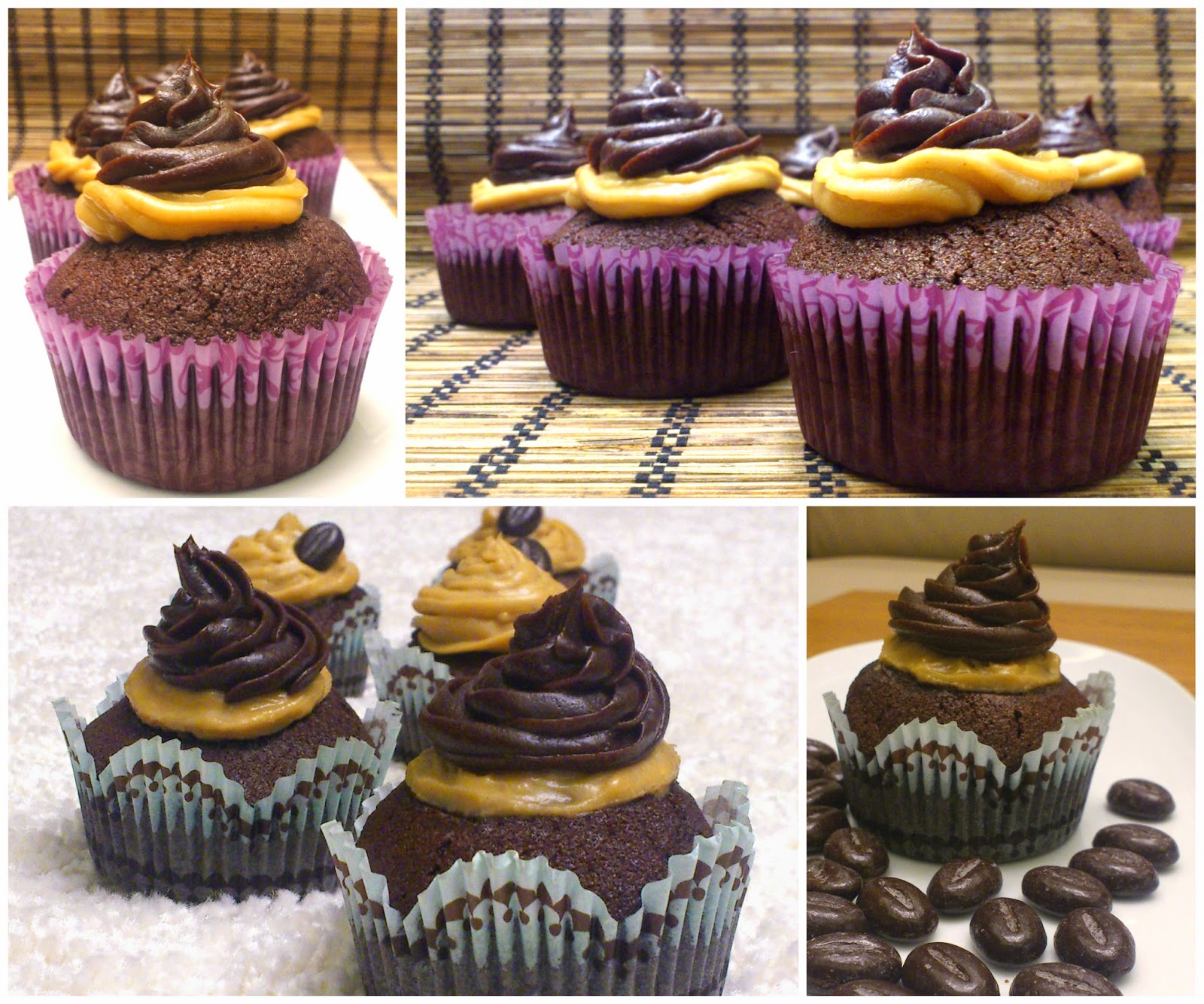I cried last week... It was a long week, exhausting and tiring... But it wasn't the sleep deprivation that made me cry. It was onion.
A relatively volatile compound, propanethial S-oxide, is a lachrymator (not a nice word at all). Upon meeting the cornea, it is detected by the nervous system and triggers response from the tear (lachrymal) glands. The burning sensation is caused by the contact of the vapours with the moist surface of the eyes that results in the formation of sulfuric acid.
However, onions do not contain propanethial S-oxide. They only produce it when damaged, and its primary purpose is not to make humans cry, but to protect the plant from herbivores. The irritant is a product of a series of chemical reactions. When the onion is cut, its cells are broken open and this releases an enzyme called alliinase and water, both of which react with S-1-propenyl-L-cysteine sulfoxide forming a variety of products. These are precursors of different compounds which form the flavour of onion. They also include 1-propenyl sulfenic acid that reacts with an enzyme named lachrymatory-factor synthase (yes, I'm nearly finished), and gives rise to the evil propanethial S-oxide.
Well, the crying was worth it, my onion quiche was yummy...
 |
| Caramelized Onion Quiche with Cheese and Bacon |
Dough
300 g plain flour
125 g butter (softened)
100 ml water
pinch of salt
Filling
150 g grated cheese (gouda/chedar/...)
150 g diced bacon
6 big onions
2 eggs
4 tsp. herbs de Provence
3 tbsp. brown sugar
olive oil
pepper
salt
Directions
1. Mix flour, butter, water and salt, and knead them into dough. Let the dough cool in the fridge while you prepare the filling.
2. Preheat oven to 180°C.
3. Slice the onions, and slowly fry them in olive oil. When lightly browned, add the sugar and let caramelize a bit. Add the bacon and continue frying until the onion is soft and sweet.
4. Put the onion into a large bowl and let cool for a while.
5. Roll out the dough and line an oiled pie pan with it. Save the unused dough in the fridge.
6. Mix the eggs, cheese and herbs with the onion and add salt and pepper to taste.
7. Pour the filling into the lined pie pan.
8. Use the leftover dough to make a lattice top for the quiche crust.
9. Bake for about 35 minutes until the dough is golden-brown.
